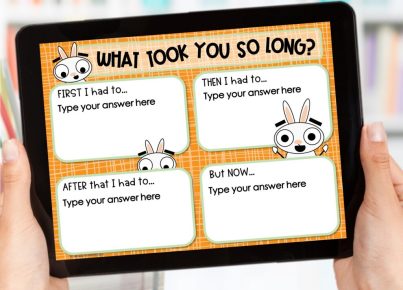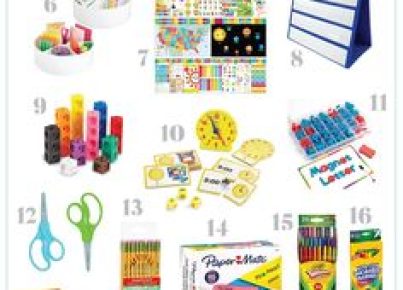In the digital age, online education has become an essential aspect of the learning landscape. Whether you are transitioning to remote learning or supplementing your in-person classroom with online resources, this guide will provide you with the tips and strategies you need to effectively teach 5th grade online. Let’s dive in!
1. Establish a well-structured digital classroom.
A well-organized and user-friendly digital classroom goes a long way in ensuring a smooth online learning experience. Create a designated online space, such as Google Classroom or Canvas, where students can easily access course materials, assignments, and resources. Organize content logically by dividing it into modules or folders, making navigation stress-free for both students and their families.
2. Set clear expectations.
At the beginning of the year or semester, provide students with a clear set of expectations for their participation and behaviour in the virtual classroom. This may include guidelines on communication etiquette, timely submission of assignments, and attendance during live sessions. Communicate these expectations to parents as well to ensure that everyone is on the same page.
3. Utilize engaging instructional materials.
Fifth-graders are typically enthusiastic learners; however, their attention spans can be short in an online environment. Keep students engaged by using interactive materials such as videos, slideshows, and digital manipulatives. Ensure that activities cater to various learning styles – visual, auditory, and kinesthetic – to reach all learners effectively.
4. Encourage collaboration and interaction.
Provide opportunities for students to interact with each other through group projects and discussion boards in your digital classroom. Collaborative learning fosters engagement and helps students understand different perspectives while also promoting social skills development.
5. Monitor student progress through assessment and feedback.
Implement online assessments such as quizzes, tests, or written assignments to gauge student understanding of material covered consistently. Develop prompt feedback mechanisms alongside these assessments so that learners are aware of their progress and areas for improvement.
6. Use technology to differentiate instruction.
Leverage the capabilities of online learning platforms to cater to diverse learning needs. For example, consider offering optional supplementary resources or activities for students who need extra practice or additional challenges. You can also provide personalized feedback or instructional support through one-on-one video calls.
7. Foster a sense of community.
In an online setting, fostering a sense of belonging and community among your students is crucial. Encourage class participation during live sessions, create opportunities for peer recognition and facilitate icebreaker activities to help students connect and build relationships with one another.
8. Be present and supportive.
Your 5th-grade students will need ongoing guidance and support throughout their online education journey. Maintain open lines of communication with both students and parents/guardians, offering encouragement, assistance, or additional resources as needed.
9. Reflect on your practice.
Finally, reflect on your efforts in teaching 5th grade online and seek out opportunities to continuously improve your skills. Engaging in professional development courses, webinars, and collaborating with fellow teachers can provide valuable insights into new strategies to elevate your virtual teaching experience.
With these tips in hand, you can create an effective and engaging virtual learning experience for your 5th-grade students. By staying organized, setting clear expectations, utilizing engaging materials, and supporting your learners in a meaningful way, you’re well on your way to a successful year of online education!




